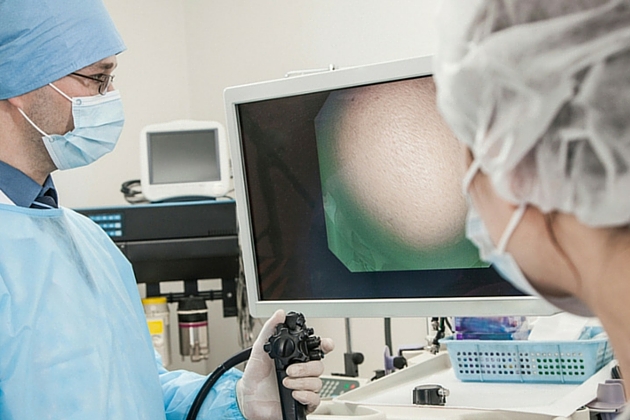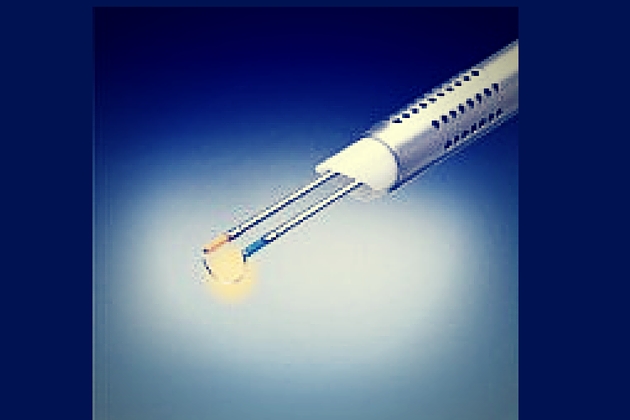Hysteroscopy is a way for the endoscopic surgeon to look at the lining of the uterus. Through this procedure it is used a hysteroscope, a tiny tube (it has diameter of 3 to 10 mm) which carries a light and a camera.
The hysteroscope is inserted into the womb through the vagina and the cervix, which means that there is no need for surgical wounds.
Hysteroscopy is performed for Diagnostic or Therapeutic indications.
Diagnostic Indications
- Heavy or prolonged menstrual periods (menorrhagia)
- Vaginal bleeding between the expected menstrual periods
- Postmenopausal bleeding (vaginal bleeding after menopause)
- Moreover, hysteroscopy and laparoscopy, can be combined together in some cases (such as recurrent miscarriages) or fertility problems.
Therapeutic Indications can be used to remove:
- Polyps
- Fibroids
- Intrauterine adhesions (it is known as Asherman's syndrome). Intrauterine adhesions are fibrous bands inside the uterus which could occur after a dilation and curettage. Asherman’s syndrome not only may lead to scanty or absent periods, but also it may cause infertility
- Uterine septum
Is it necessary to stay at hospital after a hysteroscopy?
Usually, a mild sedative is used, so the patient can discharge from the hospital few hours after the procedure.
How do I decide which option is better for me?
Consult Dr. Marinakis a specialist Gynecologist - Endoscopic surgeon.
Doctor should examine you in order to be assured that there is an indication for a Diagnostic Hysteroscopy.
If they have discouraged you from Hysteroscopy, and you do not have enough information not only about the indications of the procedure, but also about your plan of treatment, you might have been in the wrong place!
Overall, hysteroscopy is a really safe procedure; however every single medical procedure is safe only if it is managed by a specialist.
Gynecologist Dr. Marinakis specialises in gynecological hysteroscopy. He is certified in advanced laparoscopy and hysteroscopy by Royal College of Obstetricians and Gynecologists. He was also a member of Laparoscopic training unit “MATTU” in United Kingdom.
How much does a hysteroscopy cost?
The cost of a diagnostic hysteroscopy is low and it usually depends on your health insurance cover.











